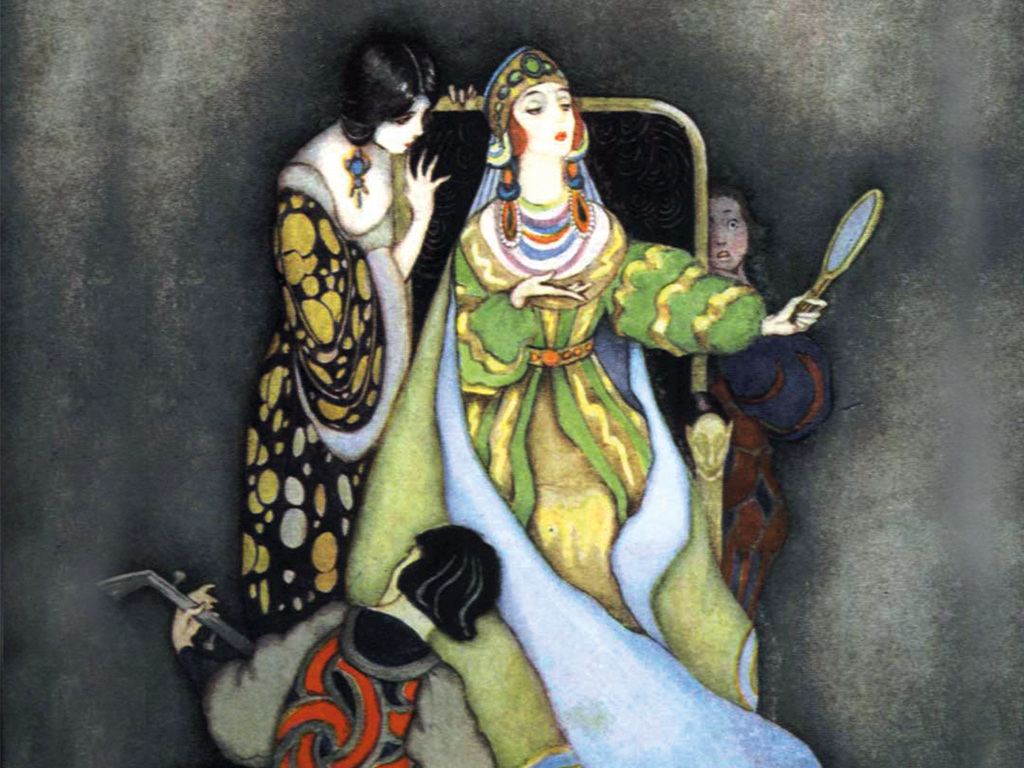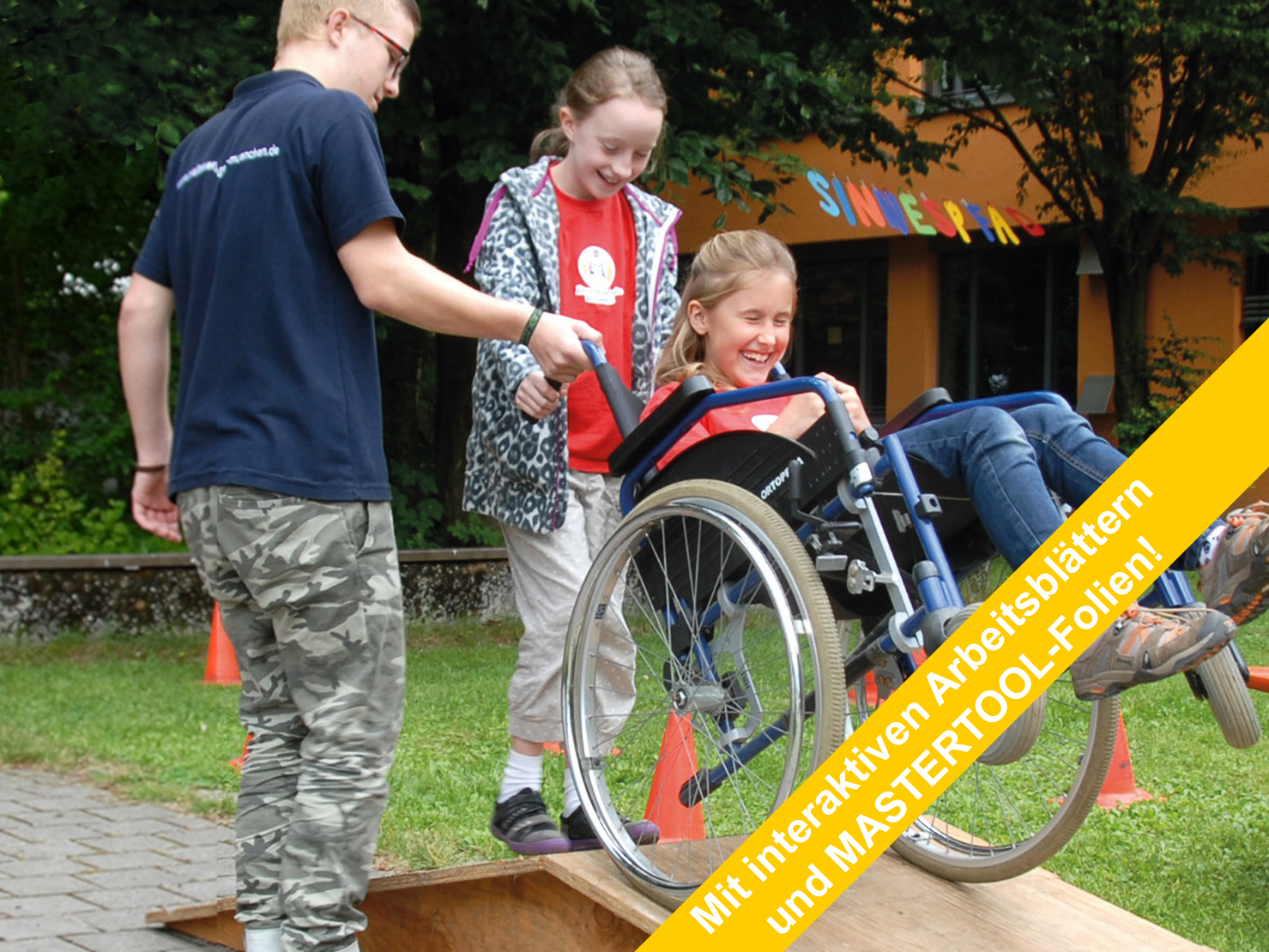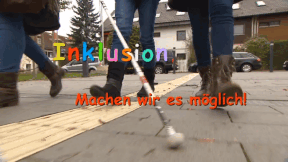 Politics / Civics, Primary School
Politics / Civics, Primary School
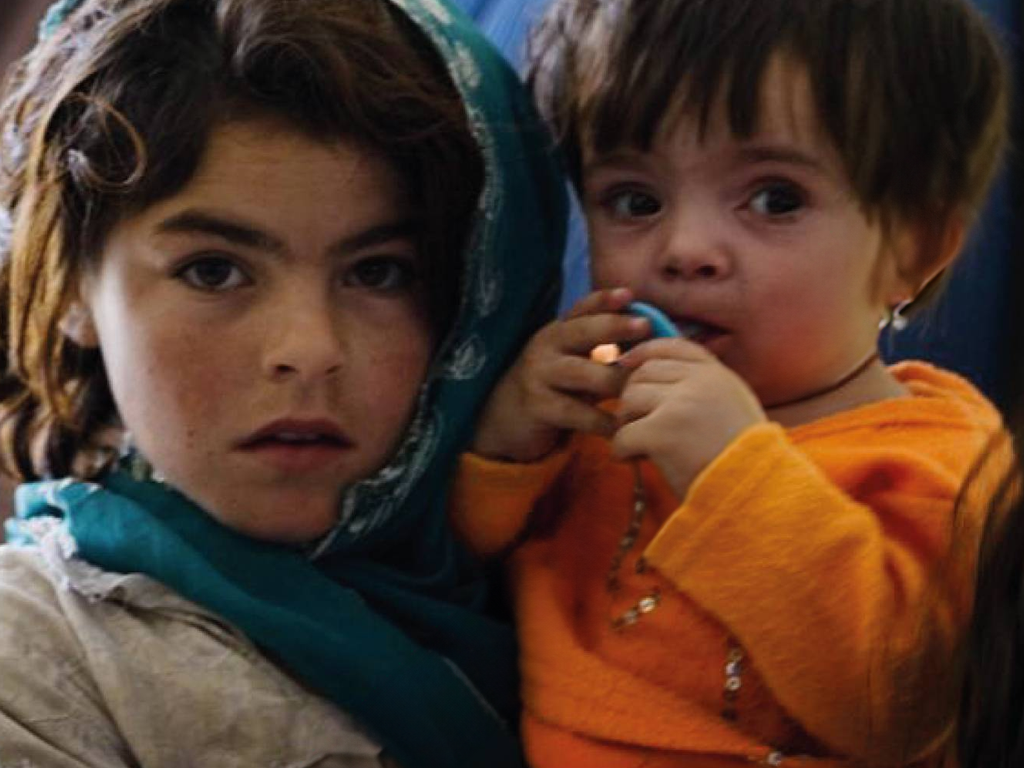

4669649 / 5560319
Children Have Rights
UN Convention on the Rights of the Child
Every human being has rights. Children have children’s rights.
Since 1946 the UN – the United Nations – has been working to safeguard these rights. On 20th November 1989 it was adopted: the UN Convention on the Rights of the Child.
People in every country, every culture and in all religions work together to implement these children’s rights for all 2.2 billion children of this world:
Children’s rights are of prime importance for a world where peace, fairness, security and respect for the environment prevail. We owe our children the very best we can give.
Children need special care and protection.
A contract is intended to ensure this. Since 1989, in other words for almost 25 years, the UN Convention on the Rights of the Child has existed. In 54 articles it establishes the very specific rights for children. 192 countries of the world have accepted and ratified this agreement. Only two countries have not: the USA and Somalia…

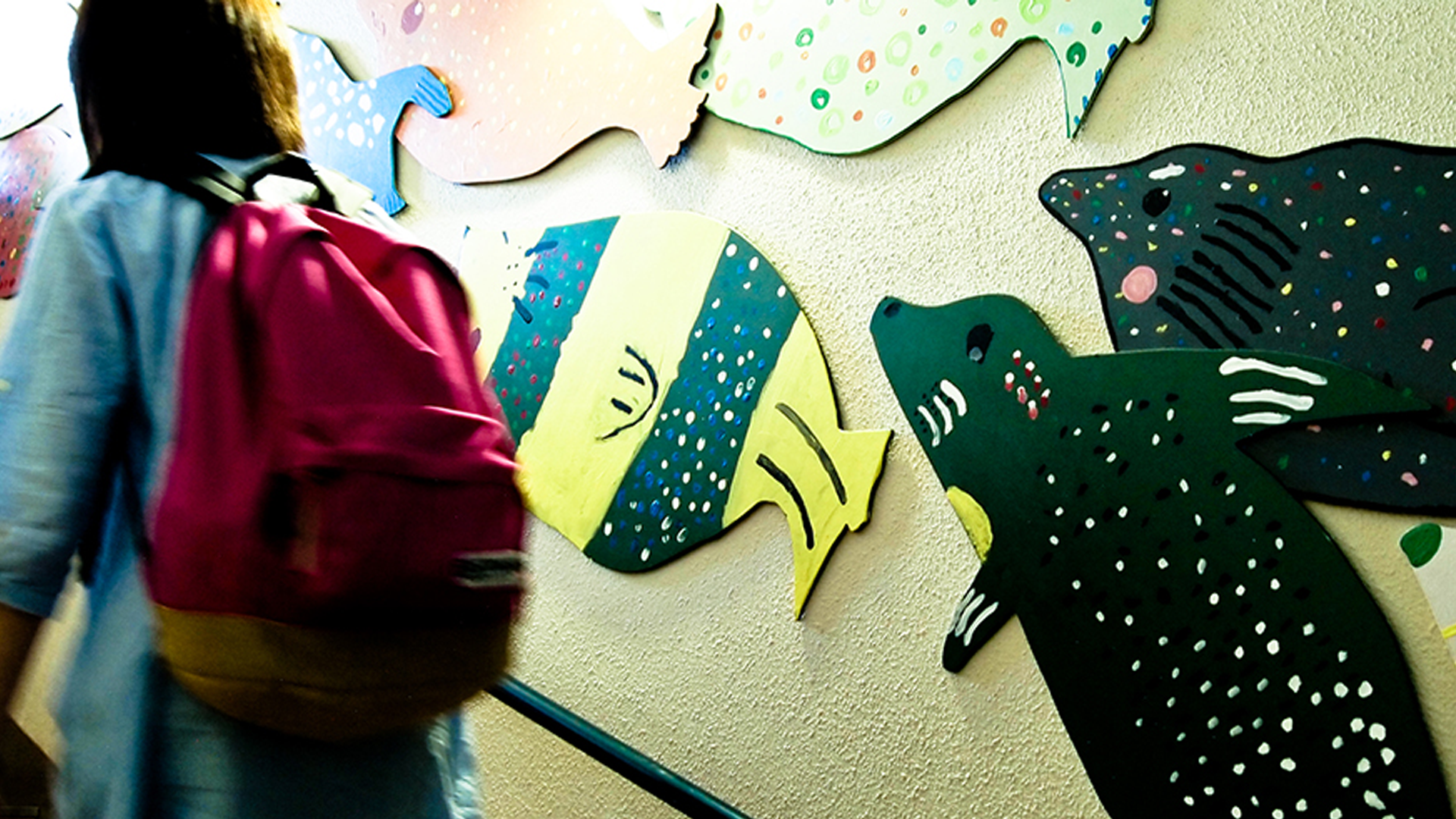
Curriculum-centred and oriented towards educational standards
Matching
Internet Addiction
The film consists of two parts. The first part is the 15-minute short film “In the Net”. It describes the problem of excessive Internet use in a humorous way, in particular the risk of losing touch with reality when chatting. The second part illustrates with three real persons how Internet addiction can develop and the problems encountered by those who are afflicted. The authentic statements are commented by an experienced therapist. For many pupils, the issues addressed here are related to their everyday lives. What is a “sensible” use of the Internet, where does pathological addiction start? In contrast to addiction to alcohol, nicotine or drugs, the public seems to be largely ignorant of the problem of this addiction, which is not related to any substance abuse. The film provides material for discussion in the classroom (crossdisciplinary) and can be used as a basis for the formulation of prevention strategies.
Inclusion
Madita is eleven and blind. She does not want to go to a special school but to a regular grammar school. She says she feels "normal" there. Jonathan is eight and has a walking disability. He likes going to the school where he lives. Here, his best friend sits next to him. Max Dimpflmeier, a teacher who is severely deaf, explains that school life is not easy. Quote Max Dimpflmeier: "You don't want to attract attention, you want to avoid saying that it is necessary for you that 70 people adjust to your situation." People on their way to inclusion.






